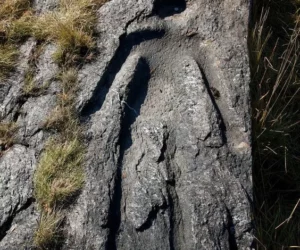Unique Petroglyph at Robertson Point Located at Robertson Point on the Metlakatla First Nation Reserve near Prince Rupert, British Columbia, there exists a cast of a distinctive petroglyph, known as “The Man Who Fell from Heaven.” Unlike most petroglyphs, this rock carving comes with a fascinating narrative. Archaeologists recorded the story in 1936 at the…
Artwork and Inscriptions
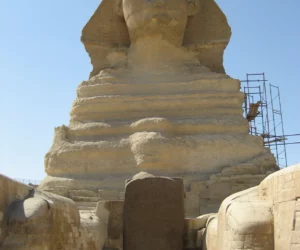
Dream Stele
Introduction to the Dream Stele The Dream Stele, also known as the Sphinx Stele, stands prominently between the front paws of the Great Sphinx of Giza. Thutmose IV, a pharaoh of Egypt’s 18th Dynasty, erected this monument in 1401 BC, marking the first year of his reign. This stele is not just a mere artifact;…
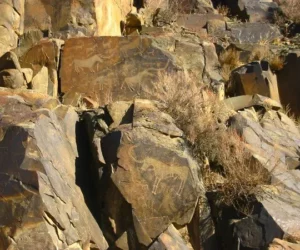
Tanbaly
Exploring the Historical Significance of Tanbaly Tanbaly, located in the Almaty Region of Kazakhstan, stands as a significant archaeological site. It is renowned for its rich collection of petroglyphs. These ancient rock carvings provide a window into the lives of people who lived thousands of years ago. The site, nestled in the Chu-Ili Mountains, is…

Yinshan Rock Paintings
An Academic Examination of the Yinshan Rock Paintings The Yinshan Rock Paintings: An Overview The Yinshan rock paintings, a significant archeological treasure located in the Yin mountains of Inner Mongolia, bear witness to an ancient culture that once thrived in the region. These petroglyphs adorn the surfaces of granite in a cluster of sites, revealing…
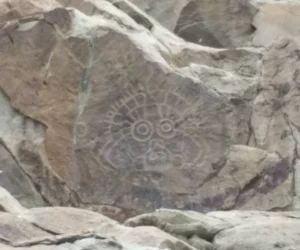
Rock Paintings of Helan Mountains
Exploring the Rock Paintings of Helan Mountains The Significance of Helan Mountains’ Rock Paintings The Helan Mountains, located in the Ningxia Hui Autonomous Region of China, are home to a rich collection of ancient rock paintings. These artistic expressions provide an important window into the lives and beliefs of the nomadic peoples who traversed the…
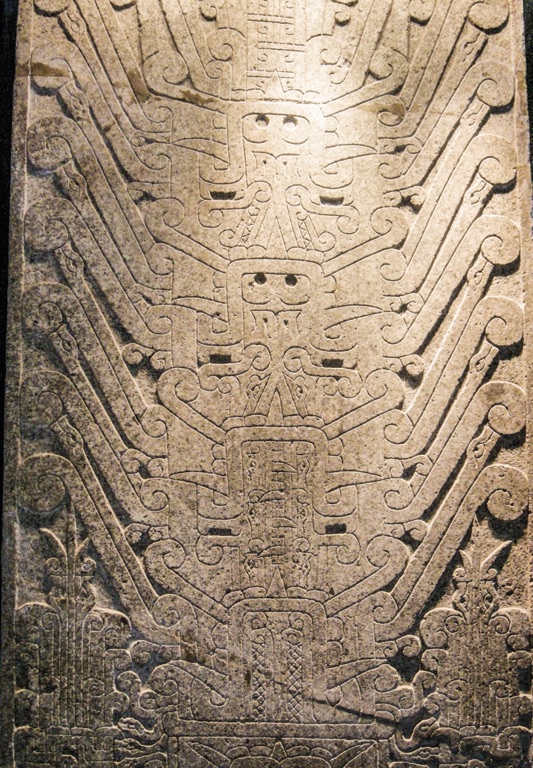
Raimondi Stele
The Raimondi Stele stands as a monumental testament to the religious and artistic practices of the Chavín culture, which thrived in the central Andes of present-day Peru from 1500 BCE to 300 BCE. This period, known as the Early Horizon, was characterized by the widespread influence of Chavín art styles, including the use of anthropomorphic and zoomorphic motifs featuring feline, serpent, and crocodilian creatures. The stele itself, a seven-foot-high polished granite monolith, showcases these artistic choices in its depiction of the Staff God, a central figure in Chavín cosmology.

